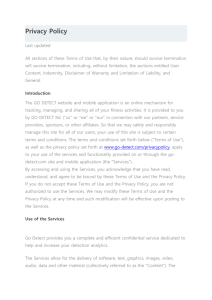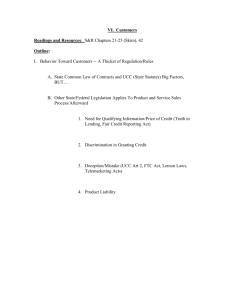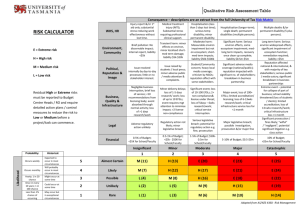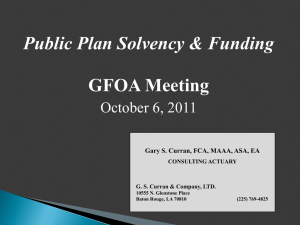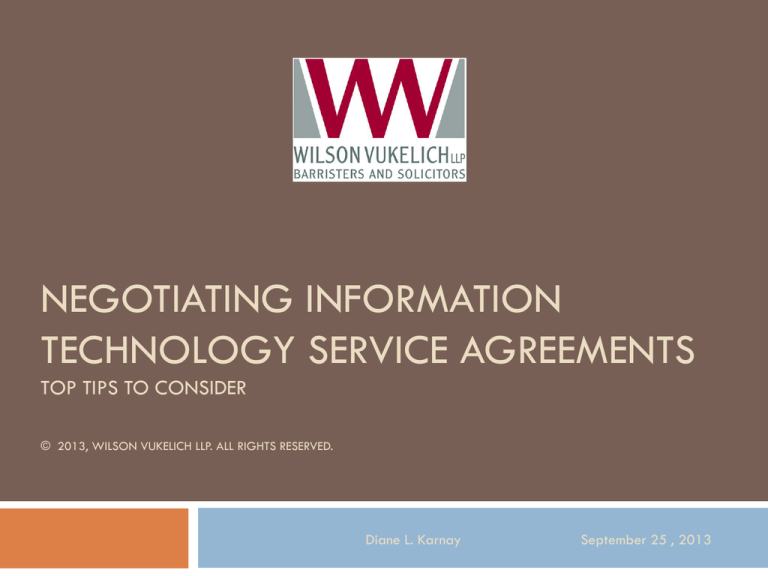
NEGOTIATING INFORMATION
TECHNOLOGY SERVICE AGREEMENTS
TOP TIPS TO CONSIDER
© 2013, WILSON VUKELICH LLP. ALL RIGHTS RESERVED.
Diane L. Karnay
September 25 , 2013
Introduction
Demand for IT service providers has continued to
grow.
A well-drafted service agreement is beneficial both
to the service providers as well as their customers.
Service agreements should be clear on the
fundamental business terms – who is doing what,
when, where and how?
Introduction
These terms can be addressed in a single purpose
services agreement, or a master services agreement
with multiple project-specific work orders or
statements of work.
The tips outlined in this presentation are skewed to
the service provider’s perspective.
Define scope, specifications and service
levels
Clearly identify the services and specific
deliverables, as well as any interim or final
timetable or delivery schedule.
Clarify whether any deliverables are third-party
equipment or software.
Identify all applicable metrics, performance
indicators and service levels, so deliverables and
performance can be measured against objective
goals.
Have a workable acceptance
mechanism
There should be a clear mechanism for addressing
how deliverables will be tested and accepted.
Acceptance should be tied to objective
specifications, so that a failure to meet these is the
only basis for rejection.
There should be a limited period to reject a
deliverable, and detailed reasons should need to
be given.
The deliverable should be deemed accepted, unless
the customer rejects it within the limited period.
Ensure payment terms are clear
Clearly set out invoicing and payment terms.
Invoices should be issued monthly or upon meeting
specific milestones, and not only at the end of the
assignment, to assist with cash flow.
A deposit at the front end is also recommended.
Clearly set out what additional expenses the
customer will need to bear – i.e. out-of-pocket
expenses, third-party assistance, etc.
Clearly set out payment terms.
Include remedies for non-payment
Reserve the right to charge interest on overdue
amounts.
Have the customer be responsible for collection
expenses.
Reserve the right to suspend services if payment is late,
and clarify that such suspension does not breach the
agreement.
Obtain security on equipment, if applicable.
Consider obtaining a guarantee from a parent
company if the customer is little more than a shell.
Address missed deadlines
Clarify that the service provider is not responsible
for missed deadlines caused by the customer – i.e.
customer’s failure to provide timely information or
instructions, access to facilities or equipment, or
otherwise not cooperating under the agreement.
Clarity termination rights
Both parties should be able to terminate: (i) for a
material breach which is not cured within a
reasonable period of time – i.e. 30 days; and (ii) if
the other party becomes bankrupt or insolvent.
Termination for convenience is more problematic
and may not be appropriate. If a customer wishes
to have the this right, then consider whether there
should be a cancellation fee or the forfeit of any
pre-paid amounts.
Clarify obligations on termination.
Limit Representations and Warranties
Representations and warranties should be carefully
reviewed, to ensure they can be comfortably given.
Where appropriate add knowledge, materiality, or
other qualifiers to limit the scope.
Limited performance warranties should only be
given for those products and services provided by
the service provider – original supplier’s warranty
should apply to third-party products.
Consider liability issues
Disclaimers:
Include a disclaimer of all other representations and
warranties, other than those expressly set out in the
agreement.
Limit monetary liability for breach of direct
damages by expressly excluding indirect, special,
incidental or consequential damages – customers
may wish to carve out confidentiality from this limit
of liability.
Consider liability issues
Indemnities:
Service provider should try to give as few as possible,
and should also try to limit any indemnity by carving
out liability arising from the customer’s own negligence
or intentional misconduct.
An indemnity that the products or services do not
infringe third-party IP is reasonable, provided (i) the
service provider has the right to address the issue, (ii)
by carving out liability not attributable to the service
provider, and (iii) by clarifying specific remedies.
Consider liability issues
Limitation of liability:
Service provider should cap its total liability under the
agreement.
Cap mechanisms can be a fixed amount or variable
amount – i.e. total fees paid under agreement, or fees
paid in specified period or under specific statement of
work – or amount of insurance maximum, etc.
Customers may push for uncapped liability for situations
such a IP infringement claims, confidentiality breaches,
and personal injury and tangible property damage.
Ensure protections are in place
For:
IP ownership – each party will want to retain its
existing IP, and the parties will need to agree upon
ownership of new IP created during assignment;
Confidential information – include provisions
protecting each party’s confidential information;
Personnel and business relationships – consider nonsolicit provisions.
Have more questions?
For more information about IT service
agreements, please contact:
Diane L. Karnay
dkarnay@wvllp.ca
(905) 944-2950 Toll Free: 1.866.508.8700
x2350


